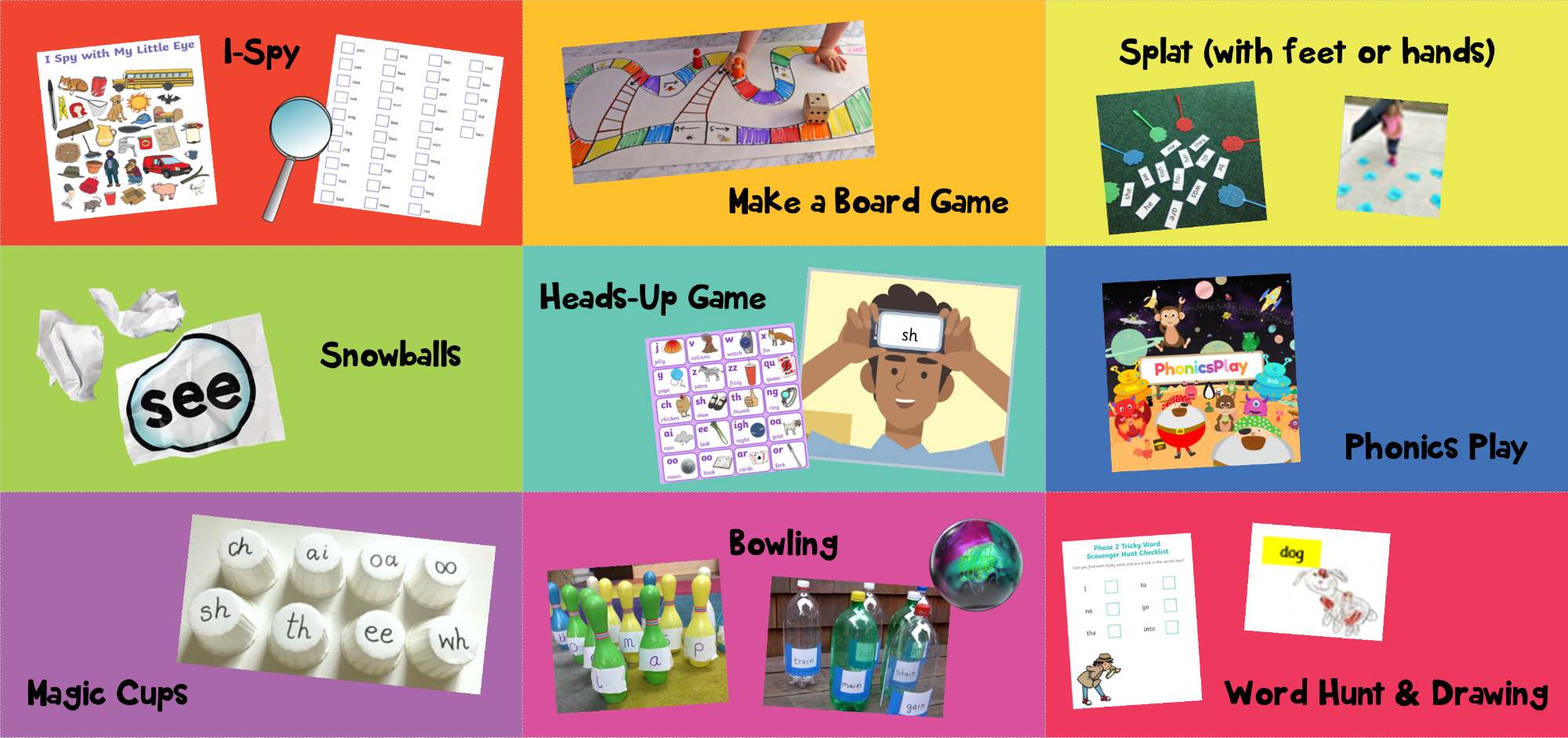Phonics and Early Reading
Phonics and reading are heavily intertwined, especially in the early stages of learning to read, and the importance of phonics as a vital tool is particularly evident for children reading their first books.
At Malin Bridge, children work through a series of colour-banded early reader books and move onto the next colour band once they have mastered the skills explored in their current band.
Reading skills encompass accuracy, fluency and comprehension, whilst phonics skills involve recognising blocks of sound within words and using this knowledge to break down words into smaller chunks which are then put back together to read the whole word.
This progression in skills is explored in the following section.
Reading and Phonics Skills Progression and Book Band Progression
An explanation of the phonics phases mentioned below can be found in the next section.
Children working on pink or red banded books:
- Focus on phase 2 sounds.
- Focus on phase 2 tricky words (also called superpower words in school).
Children working on yellow books:
- Focus on phase 3 and phase 4 sounds.
- Focus on phase 3 and phase 4 tricky words.
- Building fluency.
- Building accuracy.
- Starting to read for meaning by asking some simple comprehension questions.
Children working on blue books and beyond:
- Focus on phase 5 sounds.
- Focus on phase 5 tricky words>
- Becoming more fluent and including the use of expressions (as we do in speech).
- Becoming more accurate.
- Building the ability to answer comprehension questions of increasing complexity (this links to the VIPERSS skills mentioned later in this book).
- Self-checking and correcting reading + responding to punctuation too.
What are Phonics?
Phonics are the building blocks of words for reading and spelling. There are six phonics phases that your child progresses through during their time in school. Phase 2 is the point where we first introduce letter sounds, so we’ll use phase 2 as our example:

The sounds are taught in a different order to the order of the alphabet and the letter sound is not to be confused with the letter name. Let’s take 'S' for example. Its letter name is 'ess' whilst its letter sound is 'sssssssssss'. The pictures shown with each letter help us to identify the letter's sound. Each phonics phase has its own group of letter sounds.
In addition, each phonic phase also has a group of ‘tricky’ words which are rule breakers and do not fit the phonic patterns and so these words must be learnt on sight. Tricky words can also be called ‘Super Power Words’ or ‘Sight Words’.

Two key skills involved in early reading using phonics are segmenting and blending:
- Segmenting is when we break words down into individual blocks of sound (e.g. cat is segmented into c – a – t).
- Blending is when we push the individual blocks of sound together in order to read the word as a whole (and hopefully gain meaning).
Have Fun with Phonics at Home
At the very start of the journey in reading, it is important for your child to build up their familiarity with phonics sounds they are working on in school in order for them to then be able to segment and blend words for reading. There are lots of games you can play to help make phonics learning fun:

You can download a segmenting and blending activity idea pack that outlines these activities in more detail, at the bottom of this page.
For more information on our phonics programmes, please download the booklets at the bottom of this page.

